The Trending Treatment That Leaves Skin Looking Radiant In Just 10 Minutes
It's cold, but it's worth it!
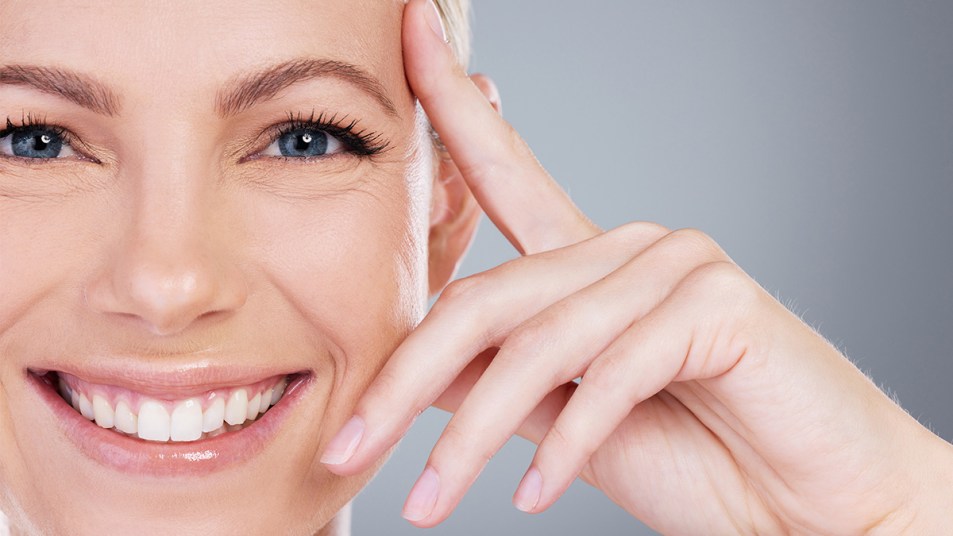
You’ve likely heard of cold plunges for mental heath benefits and CoolSculpting to help rid the body of fat, and now a quick scroll through social media will introduce you to at least one of the thousands of posts touting the amazing skin benefits of yet another cooling treatment: a cryofacial. And it’s no wonder these icy treatments are causing such a sensation (on TikTok alone, the hashtag #cryofacial has over 11-milliion views). This trending treatment uses cryotherapy, which exposes skin to cold temperatures for a short period of time, and comes with a number of health and skin benefits like boosting energy levels, easing aches and alleviating facial redness and it’s especially beneficial to women over 50. Keep scrolling for all you need to know about cryofacials, what they entail and how to DIY them at home.
What is a cryofacial?
A cryofacial is typically a 10-minute in-office treatment in which subzero temperature vaporized nitrogen is applied to skin on the face, scalp and neck, says Rachel Westbay, MD, FAAD, a board-certified dermatologist and clinical instructor at Mount Sinai Hospital in New York City. “Imagine your face being enveloped in a cool, refreshing mist of nitrogen vapor. That’s the essence of a cryofacial, a non-invasive treatment where liquid nitrogen is used to rapidly cool the skin’s surface,” she explains. “This sudden drop in temperature triggers a cascade of physiological responses and ultimately leads to a healthier, more vibrant appearance.”
What are the benefits of a cryofacial?
1. It reduces puffiness and redness + makes skin glow
Cryotherapy in the form of a cryofacial helps reduce inflammation and redness and improves radiance and minimizes the appearance of pores, says Joshua Zeichner, MD, a board-certified dermatologist in New York City. “[The reduction of inflammation] occurs because the extremely cold temperature induces a reflexive constriction of blood vessels. In addition to reducing swelling, narrowing of vessels also equates to less redness,” adds Dr. Westbay. This allows blood vessels to refill with blood that is fresh and more nutrient dense, leaving skin looking less sallow and dull.
2. It boosts the efficacy of skin care applied afterward
Another benefit of the temporary increase in blood flow is that any skincare used post-facial can penetrate more deeply, says Dr. Westbay. “On the other end of the spectrum, absorption of active ingredients is thought to be aided by vessel constriction also by creating a ‘pulling’ effect into the skin.”
3. It can make skin look smoother
“Additionally, cryotherapy is purported to increase [the] synthesis of collagen and elastin, which may underlie existing data which suggest it can improve scarring,” says Dr. Westbay. “This benefit is why proponents of cryofacials claim they help reduce fine lines and wrinkles and reduce pore size,” but she notes that there is no data to back these claims.
Who should get a cryofacial?
Cryofacials are relatively low-risk and considered safe for most skin types. That said, Dr. Westbay cautions against getting one if you have rosacea. Although intuitively it makes sense “to use for a condition characterized by prominent and dilated blood vessels, considering its vasoconstrictive abilities, the intensity of cold exposure on the skin could actually backfire and worsen inflammation and vessel formation in these individuals.”
But the treatment is helpful for those who are acne-prone. That’s because Dr. Westbay says, the cool temperature kills the bacteria associated with acne, reduces inflammation and gently removes dead skin cells from skin’s surface. All of this results in clearer, blemish-free skin.
How is a cryofacial is done?
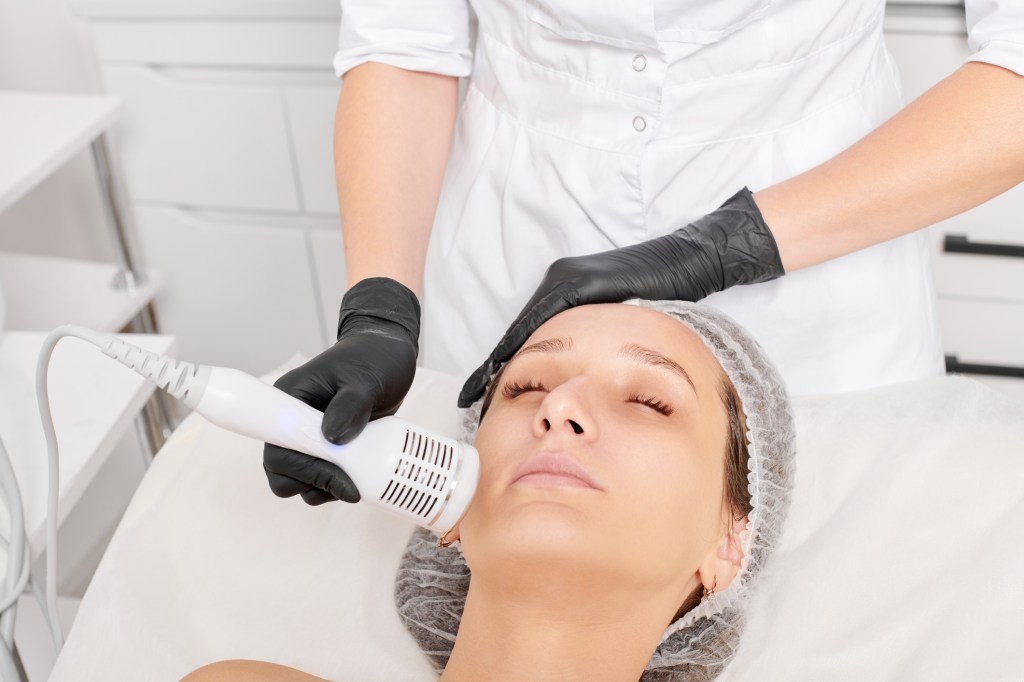
In office cryofacials involve a gentle spray of liquid nitrogen (around -200 degrees Celsius) pumped out of a hose and onto the skin. “It only lasts a few minutes, and the air is constantly moving over the skin so as not to blast any one spot,” says Dr. Westbay. The dermatologist or esthetician will move the device all over the face, scalp and neck anywhere from 5 to 10 minutes.
To see a cryofacial in action, watch the below video from @ModaMob on YouTube.
How much does a cryofacial cost?
“Dermatologist-administered cryofacials with devices such as GlacialRx can cost between $500 and $1,500, depending on factors like the geographic location,” says Dr. Westbay. These treatments are available at MedSpas for significantly less. MedSpa cryofacial prices can range from $60-$300 per session.
What are the downsides of a cryofacial
The biggest safety concern regarding anything that exposes the skin to freezing temperatures is the potential for cold-induced damage to its various layers, says Dr. Westbay. “An ice burn or ‘frostbite’ can happen from prolonged exposure of the skin to ice and mimics a true burn, which can range in severity from mild to severe,” she explains. “In some cases, prolonged cold exposure can cause panniculitis — which is inflammation of underlying fat.” This can lead to pain and swelling if not treated properly. To avoid these side effects, it’s best to not overexpose skin to cold temperatures or get cryofacials too frequently.
Can you give yourself a cryofcial at home?
You might be wondering: Is it possible to get a similar effect at home? Good news: You can do a cryofacial at home, says Dr. Zeichner. There are a variety of facial tools (as you can see below) that are chilled and then applied to skin. “However, I absolutely do not advise applying dry ice to the skin at home,” he cautions. “It can cause severe damage leading to ulcerations and scars.”
Dr. Westbay says that if you want to really save your money and do things the simplest way possible, you can just use an ice cube. But she notes “to not apply an ice cube directly on the skin.” Instead, “it’s best to wrap it in a piece of soft gauze” or paper towel. It’s also important not to keep the ice or frozen tool in any one place on the face for too long, so keep it moving constantly.
4 steps for an at-home cryofacial
- Grab the frozen or chilled tool of your choice (see below for some great options) or a gauze-wrapped ice cube. Apply it to skin starting at the underside of the jawline and move from side to side for one minute.
- Move to slightly above the jawline and work in upward motions to cheeks for one minute per side.
- “Trace the orbital bone from its innermost portion outward,” says Dr. Westbay for 30 seconds per eye.
- Move it along the forehead in upward motions for one minute. This technique will optimize lymphatic drainage, says Dr. Westbay and the “facial” should only take 5-10 minutes to complete.
For an in-depth DIY cryofacial-esque tutorial, check out the below video from Tina Engeo.
The best products to use for an at-home cryofacial
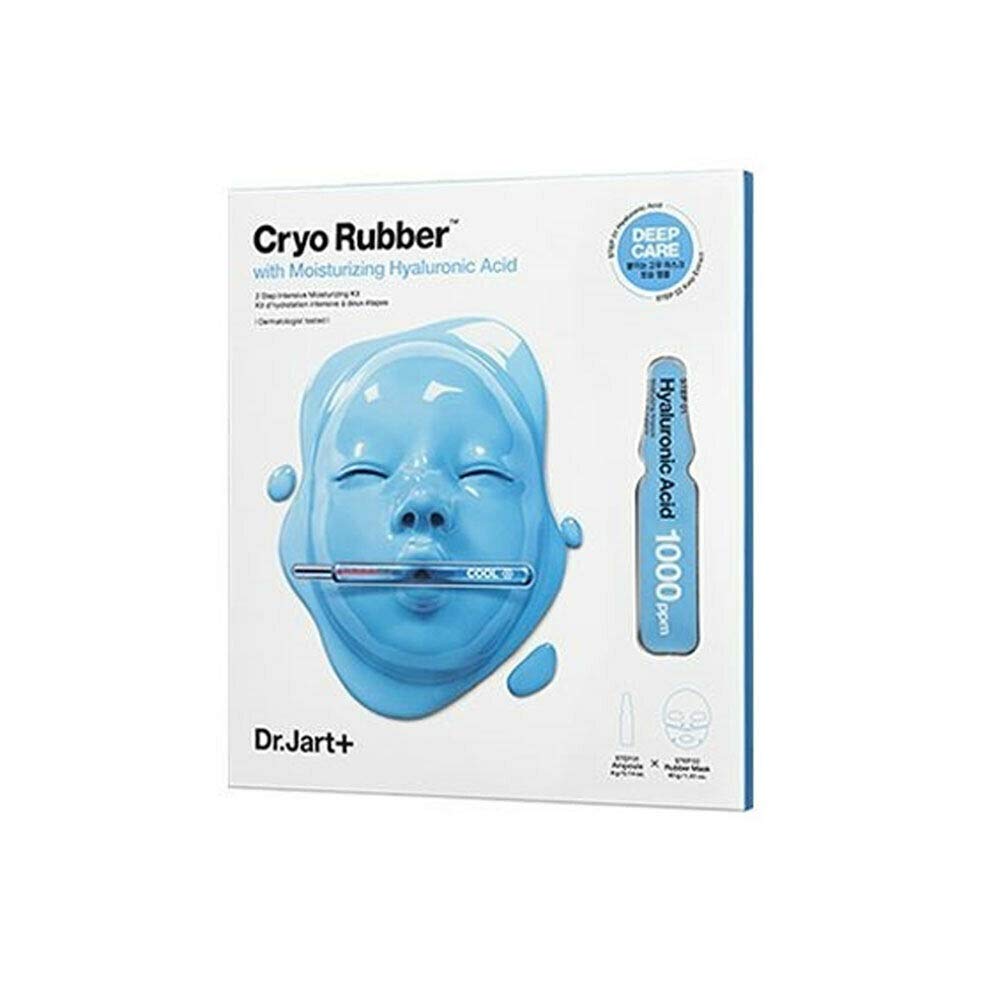
Dr. Jart+ Cryo Rubber with Moisturizing Hyaluronic Acid (Buy from Amazon, $19.49)
This is Dr. Westbay’s pick that gets its chill from being placed in the fridge for 30 minutes before use. The chill allows the mask to properly sit on the face and seal in hydration. “The mask is applied over a supplied hyaluronic acid serum,” she explains. “A clinical study by the brand suggested that skin temperature was temporarily reduced by around 12.42° Fahrenheit.”
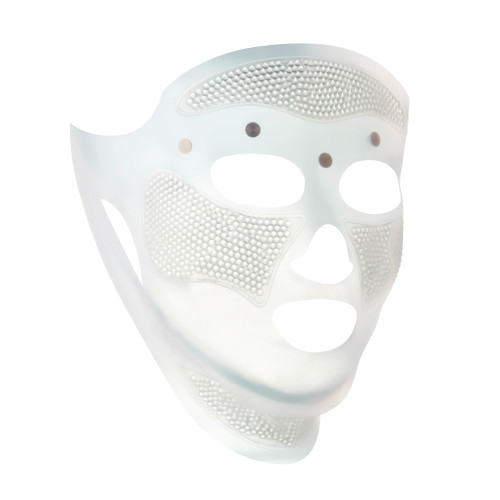
Charlotte Tilbury Cryo Recovery Mask (Buy from Charlotte Tilbury, $55)
Both Dr. Westbay and Dr. Zeichner recommend this chilled face mask. It’s stored in the freezer for 30 minutes before use so its acupressure beads can become cold, then placed on the face for 10 minutes to reveal a glowing, firmer-looking complexion.
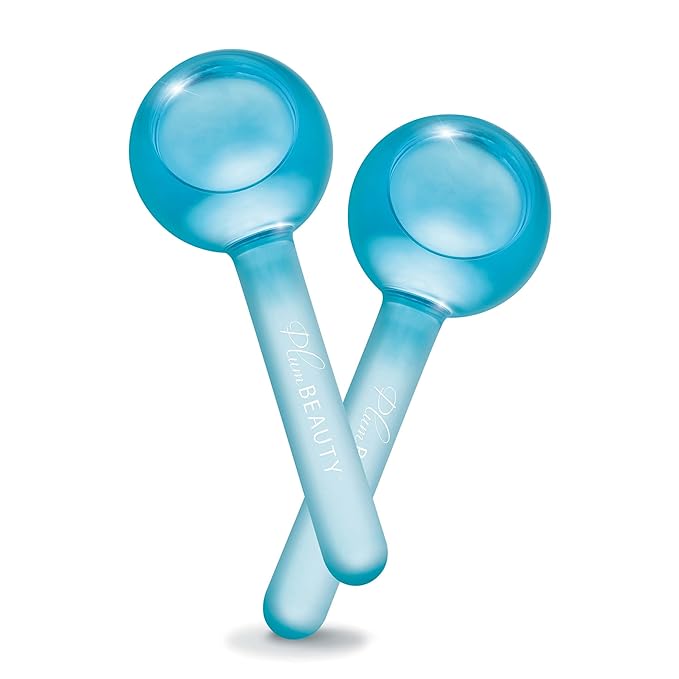
Plum Beauty Glass Facial Cooling Globes (Buy from Amazon, $16.53)
Dr. Zeichner favors these cooling globes to reduce facial puffiness and to improve circulation. The globes contain a liquid that stays cold once being stored in the fridge (not freezer).
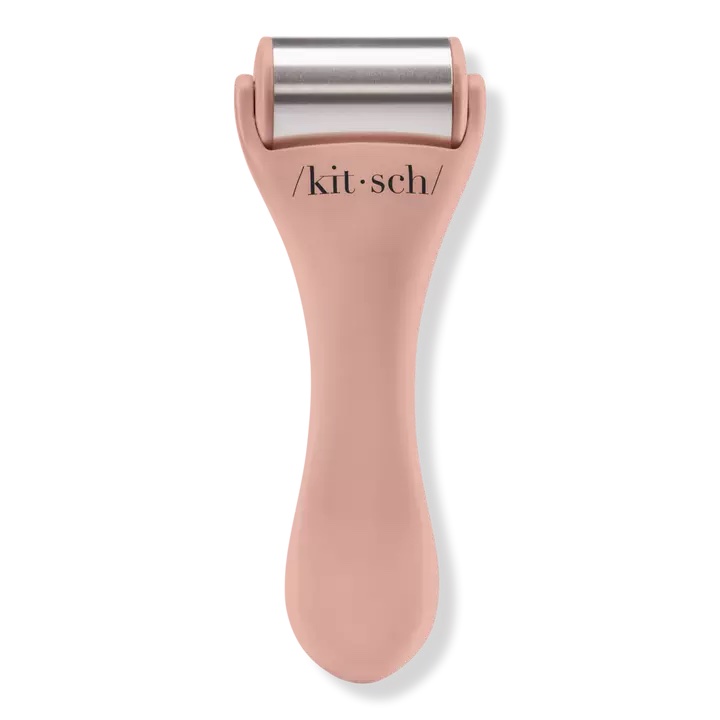
Kitsch Terracotta Recycled Plastic Ice Roller (Buy from Ulta, $18)
Just place this stainless steel roller in the freezer for 30 minutes to an hour before using to roll onto the face. The roller will stay cold and it’s easy to use on skin in upward motions.
For more on facial treatments, click through these stories:
The Key to a Smoother, Firmer, More Radiant Complexion for Pennies: A Face Massage
Ellen Pompeo Relies on This Facial Instead of Botox — How You Can Try It for Smoother Skin
Face Yoga Can Tone Facial Muscles To Leave You Looking Firmer, Younger and Slimmer
















